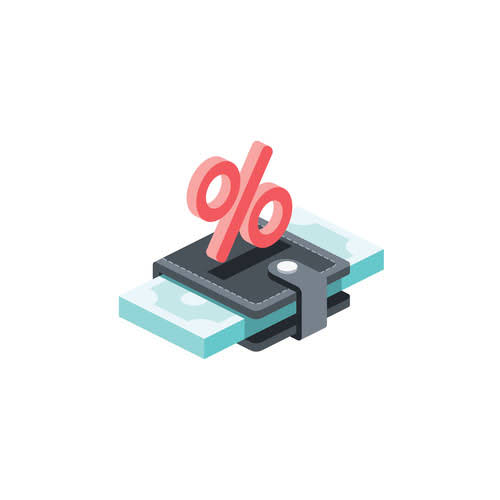
Given the $50 million net return and $25 million cost of investment, the ROI is 50%, as shown in the screenshot below. The net return on the PP&E investment is equal to the gross return minus the cost of investment. By the end of the anticipated holding period – which in the context of a company purchasing fixed assets is the end of the PP&E’s useful life assumption – the company received $75 million.
🧮 ARR Formula

Using the IRR function, the calculated ROI is 8.64% using the IRR function.

Risks of Leverage
By using this formula, you can better assess your ROI over time and account for any compounding that may have happened during the holding period. The longer you have the investment, the more likely it is that you’ll see a higher return. As a business owner, you need to know at any given time what kind of return you’re getting on an investment so you can determine whether or not it’s best to continue that investment. However, measuring your return on investment (ROI) is not always a simple calculation. 🔹 ROI measures the total profitability of an what is return on investment investment, considering all costs (labor, logistics, commissions, taxes).
How to calculate ROI for accounting software
Understanding its calculation, interpretation, and limitations is essential for financial professionals. While ROI provides valuable insights, it should be used alongside other metrics and qualitative factors for comprehensive investment analysis. One thing to remember is that it does not take into consideration the time value of money. For a simple purchase and sale of stock, this fact doesn’t matter all that much, but it does for calculation of a fixed asset like a building or house that appreciates over many years. This is why the original simplistic earnings portion of the formula is usually altered with a present value calculation.

Comparing Investments and Annualized ROI
Higher vacancy rates necessitate setting aside a portion of potential rental income to cover these periods, impacting overall cash flow. The initial investment, or acquisition costs, includes all upfront expenditures to acquire the property. There is no set number for dictating what is and isn’t a good return on investment. Some studies show that 7% is average while others claim 10% is the threshold to match. As far as interpreting your results, it ultimately depends on your industry, your risk tolerance, and the amount of time it takes to generate a return.
- NPV compares the present value of the cash inflows generated by the investment to the initial investment cost.
- To figure out your net profit from all your investments, you’ll need to calculate your operating assets at both the beginning of the year and at year-end.
- As a most basic example, Bob wants to calculate the ROI on his sheep farming operation.
- In checking out how well an investment has performed, ROI serves to be one of the most popular metrics.
It shows investors how efficiently each dollar invested in a project is at producing a profit. Investors not only use this ratio to measure how well an investment performed, they also use it to compare the performance of different investments of all types and sizes. As another option, a management team can use it to judge among differing uses to which an investment fund can be put. However, one should also consider the impact of an investment on the corporate bottleneck, which constrains the total profit that a business can generate. When you calculate your ROI, you get a percentage that shows how much money you’ve made in comparison to how much you’ve spent. This can also be shown as a ratio that shows side-by-side the actual spent and gain.
How to Calculate ROI on Rental Property With a Mortgage

Once you have calculated the accounting rate of return (ARR) for a potential investment, it is crucial to retained earnings interpret the results accurately to make informed decisions. The ARR provides valuable insights into the profitability and efficiency of an investment project, helping you evaluate its viability and compare it with alternative investment opportunities. In this section, we will explore some key factors to consider when interpreting ARR results. The accounting rate of return (ARR) is a key metric used in financial analysis to evaluate the profitability and efficiency of an investment. It helps businesses make informed decisions about whether to proceed with a particular project or investment opportunity.
Understanding Return on Investment (ROI) Decision-Making
That means that in the example above, your real https://reservation.oan.ch/bookkeeping/how-to-create-an-invoice-a-step-by-step-guide-zoho-2/ annual return would be around 20%. Be sure to account for any trading costs or fees you may have paid along the way by adding those to the total costs number in the formula. Disadvantages to the ROI measurement include that it doesn’t take into account the holding period of an investment. This calculation can also be used for holding periods of less than a year by converting the holding period to a fraction of a year. ROI is typically expressed as a percentage because it’s easier to understand than a ratio.
